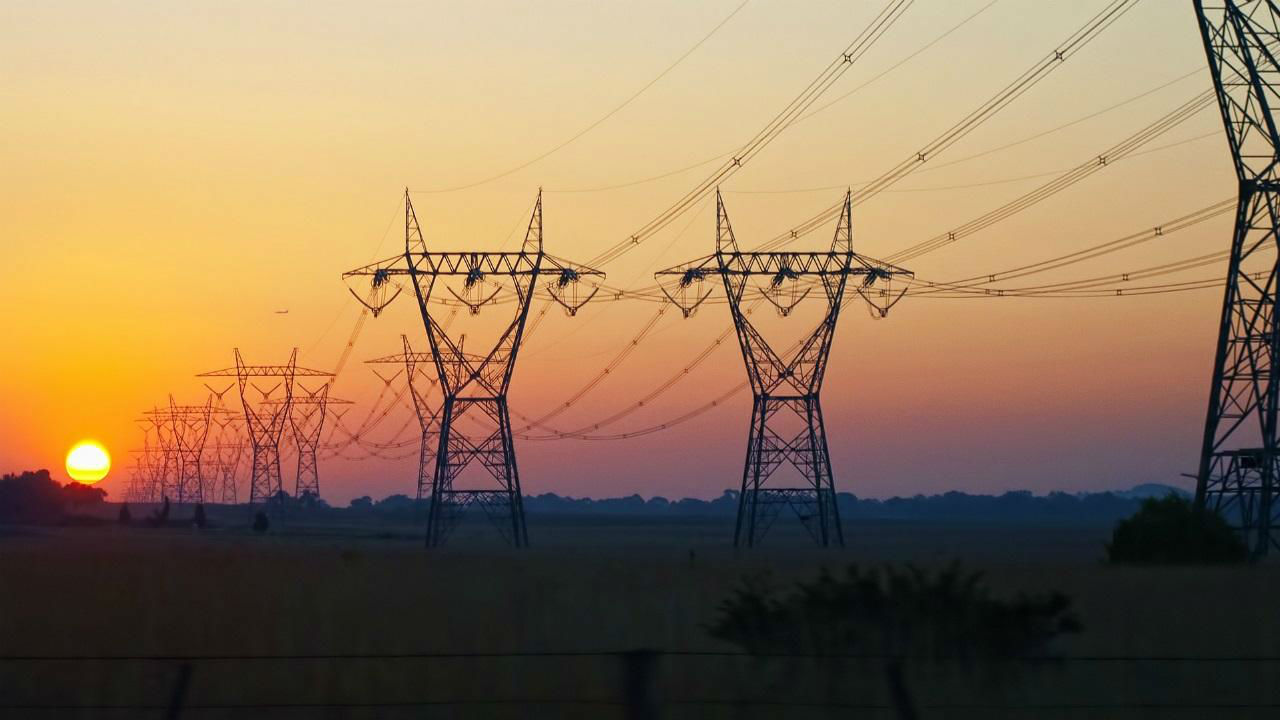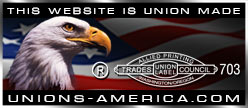IBEW 44 History
Grounded in History From The IBEW ArchivesRemembering Brother James T. Kelly Click Here: To read the full article Like Miller, Kelly never wasted an opportunity to organize while on the road. On his way to and from the 1894 AFL convention in Colorado, he organized locals in Denver; Butte, Mont.; Salt Lake City; Spokane, Wash.; Tacoma, Wash.; Seattle, San Francisco and Los Angeles. He did the same at the 1895 AFL convention in New York City, where he organized the first local in Schenectady, N.Y. Finally, he organized Cincinnati in 1896, also while attending the AFL Convention. How Locals Get Their Numbers April 2022 Electrical Worker The IBEW has 831 active local unions within the United States and Canada as of March 1. But there have been more than 4,700 locals over the course of our 131-year history. So, how do locals choose their numbers and what happens to the numbers used by all those inactive locals? The history of local numbers is something the International Office monitors very closely — and for good reason. A local's number can be a mark of immense pride and a symbol of its culture. Within the brotherhood, members often use their number to identify where they're from instead of using their city or state. When the first IBEW Convention adjourned on Nov. 28, 1891, our 10 founders immediately began the work of chartering locals. The delegates from St. Louis, primarily Henry Miller and J.T. Kelly, were first out of the gate by organizing Local 1, followed by Milwaukee delegate E.C. Hartung, who organized Local 2. The next 5 locals were all chartered by Miller during his travels to the AFL convention which met in Birmingham, Ala., that December. These included Local 3 in Birmingham, Local 4 in New Orleans, Local 5 in Nashville, Tenn., Local 6 in Memphis, Tenn., and Local 7 in Louisville, Ky. Toledo, Ohio, Local 8 Toledo was organized by delegate F.J. Heizleman, then Chicago Local 9 by delegate T.J. Finnell. Finally, Indianapolis Local 10 was chartered by Hartung during his trip home. These first locals were numbered sequentially, with each given the next available number based on when their charter application was received. There were no gaps or skipped numbers. This sequential numbering system continued until our Second Convention, convened in Chicago on Nov. 12, 1892. At that point, 45 locals had been chartered by the founders, with Miller responsible for the lion's share at 35, followed by Finnell with 5, Kelly and Hartung together with 4, and Harry Fisher with 1. Of those first 45, seven are still active today: Locals 1, 8, 9, 17, 22, 23 and 26. But when the second convention drew to a close, the purely sequential numbering system ended as well. This was because Birmingham, Ala., Local 3 became the first local to go defunct in November 1892. This was followed by Locals 14 and 29 the next month. Barely a year into its existence, the IBEW had to make a fateful choice: should local numbers be retired or reused? If they were retired, it would maintain the sequential order but could result in future locals receiving exceedingly large numbers. Note that the IBEW has had over 4,700 local unions, but there is no Local 4700. The highest number ever assigned was to Valejo, Calif., Local 2376, and that was nearly 50 years ago. Instead, the early officers of the IBEW decided that local numbers could be reused, allowing any newly chartered local to take a free number as its own. By March 1893, the three defunct numbers had been reassigned to newly chartered locals, starting with New York Local 3 on Dec. 13, 1892. The trend continues to this day. When a local goes defunct or amalgamates with another, its number is placed back in the pool. Newly organized locals can then choose any unused number in the pool or simply select the next sequential number, which today would be 2377. When an unemployment crisis hit the United States in 1894, the IBEW lost over half its membership and with it, nearly half of its locals. As organizing picked back up, defunct numbers were reused only to be lost again in the next financial panic. This boom-and-bust economy was typical of the era and resulted in many numbers being used over and over again. For example, Local 3 was reused twice more before coming back to New York on Feb. 7, 1900, where it remains today. There are more than 1,150 numbers that have been used more than once. The distinction for the most recycled number goes to 119 and 410, which have each been reused by 9 different locals. Interestingly, 119 remains available while 410 was chosen in 2017 by the newly-chartered local for Baltimore Gas & Electric workers after their organizing victory there. This also answers a frequently asked question from members. How can young locals have a low number? The answer is simple: the number was available and the organizing members chose it. There are currently 1,545 unclaimed numbers that have been returned to the pool. The lowest number available is 27. So, for anyone out there involved in a new organizing campaign, Local 27 is yours for the claim. *For more on how to support the IBEW's preservation of its history, visit NBEW-IBEWMuseum.org. Have an idea for this feature? Send it to Curtis_Bateman@ibew.org. Quality at Work ...
... the motto of over 1,200 Montana working men and women who form IBEW Local Union 44. Our mission is the promotion of human justice and dignity in the workplace. We are proudly composed of members that are employed in Montana’s Utilities( NorthWestern Energy), Electric Cooperatives(Beartooth Electric, Big Flat Electric, Fergus Electric, Hill County Electric, Marias River Electric, Missoula Electric, Vigilante Electric), Utility Locating( ELM), Outside Line Construction( Mountain Power Construction, Outback Power Company, PAR WEST, Rocky Mountain Contractors, Inc), Radio – Television Broadcasting, Shopmen, and Line Clearance Tree Trimming( Asplundh, Davey Tree) and Motor Shop Work. Located in Butte, Montana, IBEW 44 has a territorial jurisdiction of 94,000 square miles(if this were a state it would be the 12th largest state in the United States), and represents employees of over 35 different employers. We are committed to the principle that "An injury to one is an injury to all", and we strive to be an effective voice for those who seek our assistance. The very first contracts with the Montana Power Company date back to before WW1, 1912. IBEW Local 44 was formed by Montana Power Company employees on November 1st, 1959, to unify their numbers and voices into one organization, thereby consolidating their bargaining strength. Later through mergers and transfers such as (IBEW Locals 65 Butte, 122 Great Falls, 185 Helena, 393 Havre, 402 Dillon, 416 Bozeman, 532 Billings, 552 Lewistown), organizing and the transition of other bargaining units, Loca1 44 has become a large player in the electrical industry in Montana and the Eighth District of the International Brotherhood of Electrical Workers. Today the local works with its industry partners( Western Line Constructors Chapter, Inc., MSLCAT for training), to make Montana one of the safest places in the Last Best Place to live and work. From Community events like the Montana Lineman's Rodeo held every year in July, Labor day picnics across the state. Being active in the Montana State legislature as well as local and community governments. Investing in the Next Generation of Electrical Workers with IBEW 44 RENEW. Local 44 is here to keep growing and powering up Montana for generations to come.
Page Last Updated: Jun 28, 2022 (09:07:52)
|
|













